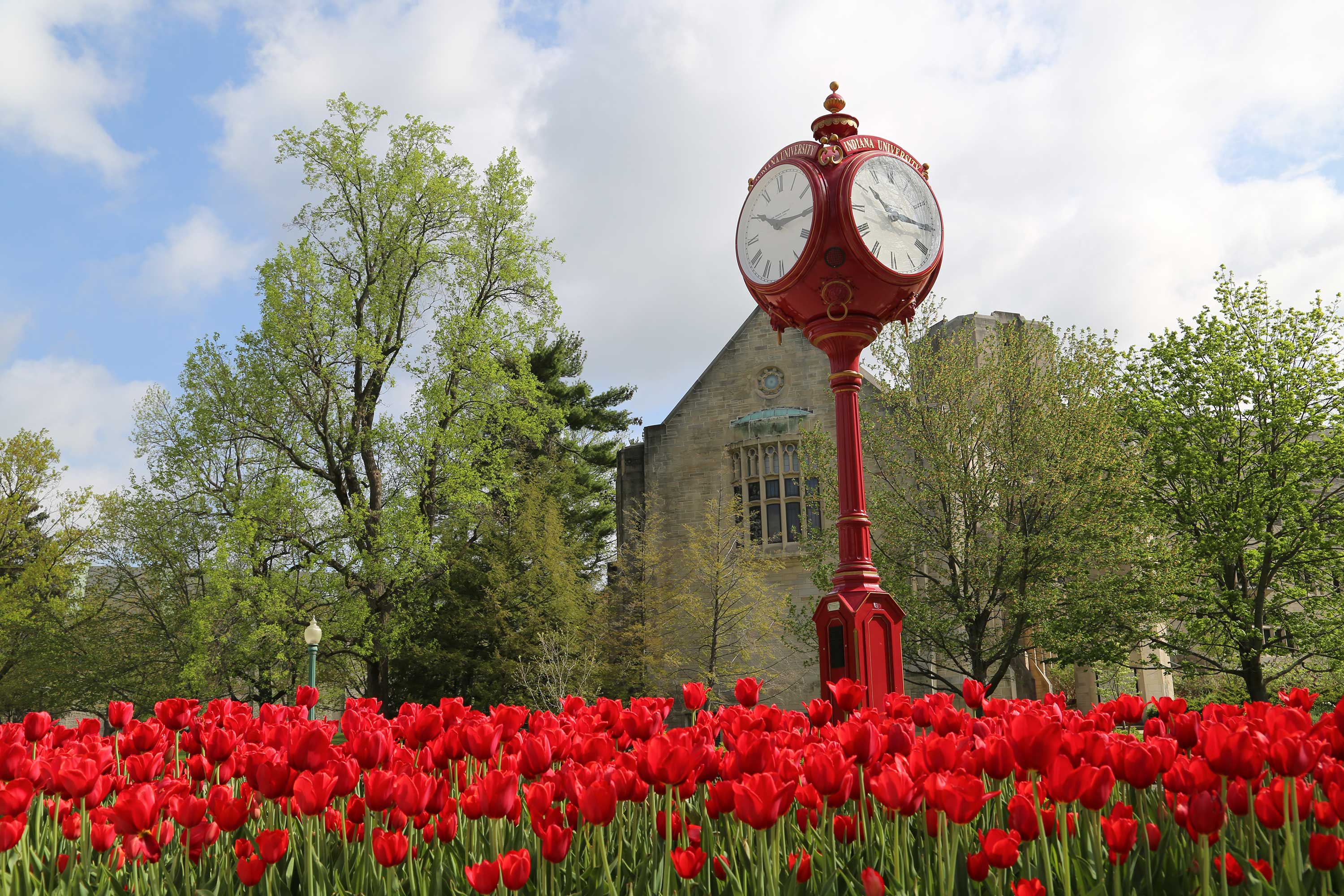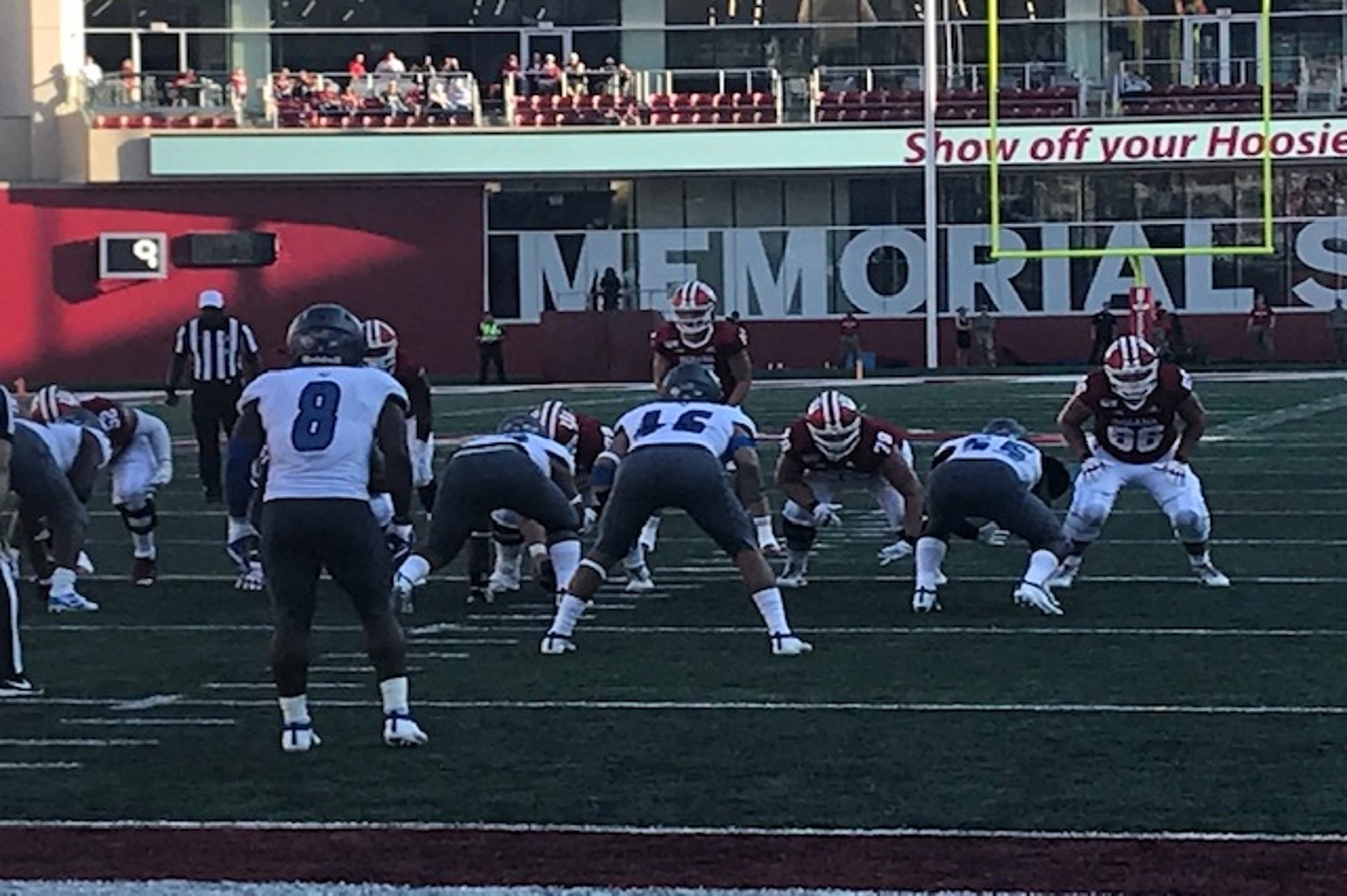
The debate over how and when schools should reopen for in-person teaching continues across the country. For months, President Donald Trump has called on schools to reopen and recently criticized virtual-only options used by school districts attempting to prevent the spread of COVID-19.
“Everybody wants it. The moms want it. The dads want it. The kids want it,” Trump has said. It’s time to do it.”
But it’s not that easy. Policies of when and how schools can reopen for classroom teaching vary widely by state and county. Indiana is no exception.
In Indiana, authority to reopen or close buildings lies with each, separate local school board and health department. Unlike leaders in other states, Gov. Eric Holcomb has been reluctant to issue orders for public health data to dictate when a school building can open, or if it should close even as school leaders and teacher unions have asked for it.
But now, as Holcomb prepares to release more non-binding guidelines, school districts are already crafting their own plans and metrics.
It's also caused some confusion and frustration as hundreds of local agencies try to independently make decisions about in-person versus virtual school.
In Elkhart County last month the local health department recommended all schools in the county open remotely. The response from some parents and students was to protest the order. A day later, the department reversed its stance. The reason it gave? It’s COVID-19 data wasn’t up to date.
“One of the major factors that has to be taken into consideration before school opens is -- what is the rate of COVID-19 infection in the community?,” said Dr. Tina Tan, a pediatric infectious diseases attending physician at Northwestern University’s Feinberg School of Medicine.
The infection rate is the percentage of people who test positive for COVID-19.
The Centers For Disease Control and Prevention issued guidelines saying schools should consult with local health departments on reopening. Later, the White House said all schools should open unless there is a “substantial, uncontrolled transmission" of the coronavirus.
The head of the CDC, during a call with reporters last month, said “uncontrolled transmission" would be whn the positive virus test rate in a community is above 5 percent.
“Anything above that is really considered to have a significant amount of COVID in the community,” Tan said during a Education Writers Association webinar about school reopening. “And if your test positivity rate is above (5 percent), schools probably should reconsider opening so that you give yourself the best chance of not bringing COVID into the school setting and increasing the transmission among students and teachers.”
Since the school year began in late July, hundreds of Indiana students and teachers have reported positive infections of the coronavirus.
The Debate at Washington Township Schools
MSD of Washington Township Schools in Indianapolis was the first Marion County district to become virtual-only for the start of the school year. Other districts soon followed. Last week, the Washington Township school board spent two hours debating what county infection rate should be the trigger for when its 11,000 students start returning to class.
The live-stream public meeting Aug. 26 was a rare look at elected officials grappling with many considerations -- from safety and academics -- and public pressure to open, or stay virtual.
District leaders reported they are seeing evidence that some students are falling behind, or not showing up at all, in the remote curriculum. Families, they said, just want to know when they can expect to be back in school.
“I think that the anxiety that parents are feeling, that students are feeling and that teachers are feeling by us not coming up with a decision (of when to return) just adds to that anxiety,” Superintendent Nikki Woodson said.
Woodson recommended to start reopening schools in phases when the average positivity rate reaches 5 percent in Marion County for two weeks. That’s similar to Indianapolis Public Schools who are also virtual-only until at least early October when a sustained 5 percent positivity rate would allow school buildings to reopen.
Last month, the seven-day Marion County average ranged from 8 percent to 5.2 percent, according to the county’s coronavirus dashboard.
During the hours-long debate, some board members, including Tony Dzwonar, urged the adoption of a higher infection rate or follow guidelines issued by the Marion County Public Health Department. County guidelines allow elementary schools to reopen if the rate is below 13 percent.
“I am concerned about the 5 percent number,” Dzwonar said. “That it’s too conservative given the concerns I have of those students who really struggle with a virtual only environment."
Board member John Fencl agreed.
“I think of the kindergartners and the first graders and the second grades that are home all day on Zoom and struggling," Fencl said. “I think about the social emotional needs of many students at all levels, but those that have been home since March.
“I think there is a need to get back to school.”
But Donald Kite, another board member, was in favor of the lower 5 percent infection rate.
“I’d rather do that,” Kite said. “I’d rather someone call me a nervous nelly than to be cavalier when it comes to health.”
In the end, the board narrowly approved a gradual reopening plan 3-1 with Dzwonar abstaining: Kite, William Turner and Wanda Thruston voted yes; Fencl voted no.
Now, if the county infection rate remains at 5 percent or lower for two weeks, elementary schools would return full time. Middle and high schools would operate on a continious hybrid schedule where students alternate between in-person class and remote learning.
More Metrics In The Future
Looking to the fall and beyond, health experts say there are other metrics school districts should keep tabs on. Sara Johnson, associate professor of pediatrics at Johns Hopkins University's School of Medicine, said local schools should know how many students and staff are sent home for COVID-19 symptoms, fail health screenings on campus, and are absent.
“I think absenteeism both for staff and for kids is going to be a leading indicator of how things are going,” Johnson said during a Education Writers Association webinar about schools reopening.
Being absent doesn’t mean a student or teacher is COVID positive. Rather, Johnson said, it could indicate how careful families and staff are treating possible symptoms and limiting potential exposure in the school.
“I think that every school and district is going to have to come up with a set of metrics that they monitor really carefully -- and get their arms around how to do that in an effective ongoing way," Johnson said. "Because again, this is something we're going to be monitoring for a while.”
For the latest news and resources about COVID-19, bookmark our Coronavirus In Indiana page here.
Contact WFYI education reporter Eric Weddle at eweddle@wfyi.org or call (317) 614-0470. Follow on Twitter: @ericweddle.










